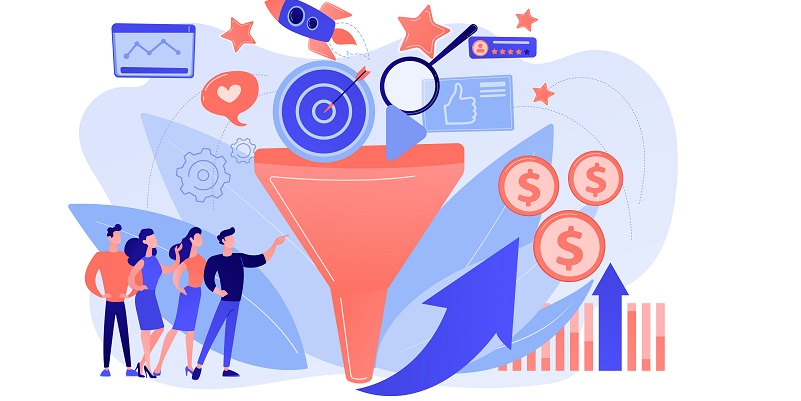In today’s competitive business landscape, effective marketing strategies are crucial for sustained success. Two key components of any successful marketing campaign are lead generation and demand generation. While these terms may sound similar, they have distinct roles and functions. In this article, we will explore the definitions, importance, limitations, and ultimately, the need for a balanced combination of lead generation and demand generation for long-term business success.
Definition of Demand Generation
Demand generation is a marketing strategy designed to grab the attention of an audience. Its primary goal is to generate interest and create awareness about a product or service. It involves various tactics like content marketing, social media campaigns, and targeted advertising to drive potential customers toward the sales funnel.
Importance of Engaging with the Audience Using High-Authority Content
To effectively engage with the audience, it is crucial to provide them with high-authority content throughout their interaction with your brand. High-authority content establishes your business as a credible source of information, grabs the audience’s attention, and keeps them interested. It helps build trust and inspires the audience to actively seek more information about your company.
The Role of Best Content in Presenting Business as Legitimate and Inspiring Audience
The best content not only engages your audience but also presents your business as legitimate and trustworthy. By providing valuable and insightful information, you establish yourself as an industry expert and create a positive brand image. This, in turn, inspires your audience to take action and seek further engagement with your company.
Definition of Lead Generation
Lead generation constitutes activities necessary to connect with potential buyers who are actively seeking solutions to their problems. It involves capturing customer information, often through forms or landing pages, and nurturing those leads towards a potential sale. Lead generation tactics include email marketing, webinars, gated content, and targeted advertising.
Limitations of Primarily Using Lead Generation
While lead generation is important for connecting with potential buyers, relying solely on this strategy can limit your reach. By exclusively focusing on those actively searching for solutions, you miss out on potential customers who may not be actively looking but could still benefit from your products or services.
Importance of Audience Accessing Content for Investing Resources
Investing time, money, and energy into generating interest in your content can only be justified if the audience is actually accessing it. Your marketing efforts should be directed towards reaching and engaging with your target audience effectively. Monitoring content consumption and engagement metrics is crucial to ensure that your resources are being allocated wisely.
Limitations of Solely Relying on Demand Generation
On the other hand, relying solely on demand generation can also pose limitations. While demand generation may help create awareness and generate initial interest, it may not directly result in lead conversion or sales. Without effective lead generation strategies, the generated demand may fizzle out, having minimal impact on your bottom line.
The Need for a Blend of Lead Generation and Demand Generation
The optimal approach to your company’s marketing campaign lies in finding the right balance between lead generation and demand generation. This balance will depend on your unique enterprise and its distinct goals. By employing a blend of both strategies, you can tap into both the actively searching audience and those who may not be actively searching but can still be potential customers.
The Optimal Combination of Lead Generation and Demand Generation for Long-Term Business Success
The key takeaway from this exploration is that the right approach to your company’s marketing campaign will likely require a blend of lead generation and demand generation. By engaging with your audience through high-authority content and capturing leads through effective lead generation tactics, you can create a comprehensive marketing strategy. This combination allows you to reach a wider audience, increase conversions, and ultimately achieve long-term business success.
In conclusion, finding the perfect balance between lead generation and demand generation is crucial for sustained success in today’s business landscape. Review your company’s marketing strategy, considering the definitions, importance, limitations, and the need for a blend of both lead generation and demand generation. By striking the right balance, you can maximize your marketing efforts, effectively engage with your audience, and ensure long-term business success.

